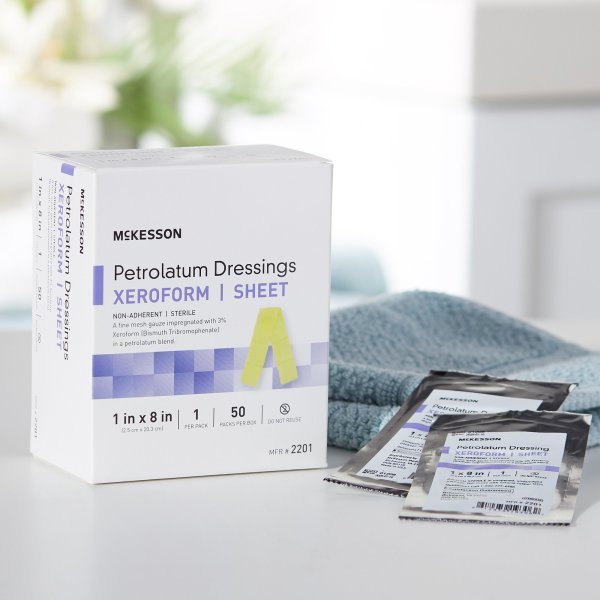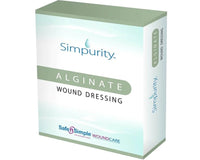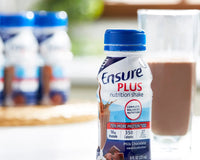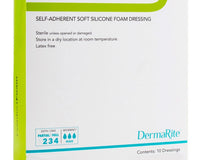Table of Contents
- Types of Wound Care Dressings
- How to Choose the Right Wound Care Dressing
- Benefits of Using Wound Care Dressings
- Advantages of Wound Care Dressings
- Disadvantages of Wound Care Dressings
- When to Use Wound Care Dressings
- How to Apply and Remove Wound Care Dressings
- Tips for Caring for a Wounded Area with a Dressing
- Common Mistakes Made When Using Wound Care Dressings
- Conclusion
Wound care dressings are a vital part of any wound management plan. They help keep the wound clean, promote healing, and reduce the risk of infection. Wound dressings can also be used to control the amount of drainage from a wound and to reduce the pain and discomfort associated with wound care. As a result, it is important to understand the types of wound care dressings available, how to choose the right one, and the benefits of using these dressings.
Types of Wound Care Dressings
There are many different types of wound care dressings available today, each with their own unique characteristics and benefits. Some of the most common dressing types are:
- Absorbent Dressings: These dressings absorb excess fluid from a wound and help keep it clean and dry. They are typically gauze-like materials that are placed over the wound and changed daily or more frequently depending on the amount of drainage.
- Hydrocolloid Dressings: These dressings are designed to help maintain a moist environment around a wound. They are made from an absorbent material that is held in place by an adhesive backing.
- Foam Dressings: These are made from a foam material that is designed to provide cushioning for a wound. They help reduce friction and shear forces, which can cause tissue damage.
- Alginate Dressings: These dressings are made from a seaweed-based material that is designed to absorb excess fluid from a wound. They also help maintain a moist environment, which can help to promote healing.
In addition to the dressings mentioned above, there are also other types of wound care dressings available, such as hydrogel dressings, silver dressings, and antimicrobial dressings. Each of these dressings has its own unique benefits and should be chosen based on the type of wound and the patient's individual needs.
How to Choose the Right Wound Care Dressing
When choosing a wound care dressing, it is important to consider the type of wound and the amount of drainage. It is also important to consider the patient's wound history and any allergies they may have to certain materials. The dressing should be selected based on its ability to protect the wound, promote healing, reduce pain, and reduce the risk of infection.
When selecting a wound care dressing, it is important to consider the size and shape of the wound, as well as the amount of exudate. The dressing should be able to absorb the exudate and keep the wound clean and dry. It should also be comfortable for the patient and easy to apply and remove. Additionally, the dressing should be changed regularly to ensure that the wound is healing properly.
Benefits of Using Wound Care Dressings
Wound care dressings are an essential part of any wound management plan. These dressings help keep the wound clean, reduce the risk of infection, and promote healing. They also reduce pain and discomfort associated with wound care, as well as controlling drainage from the area.
Wound care dressings come in a variety of materials, including foam, gauze, hydrocolloid, and alginate. Each type of dressing has its own unique properties that make it suitable for different types of wounds. For example, foam dressings are highly absorbent and can be used for wounds with moderate to heavy drainage. Hydrocolloid dressings are ideal for wounds with minimal drainage, as they help to keep the wound moist and promote healing.
Advantages of Wound Care Dressings
Wound care dressings have many advantages over traditional treatments such as bandages or ointments. They provide a better barrier against infection, reduce the risk of irritation and skin breakdown, and help maintain a moist environment around the wound which can promote faster healing. They also reduce pain and discomfort associated with wound care.
In addition, wound care dressings are easy to apply and remove, and can be changed frequently to ensure the wound is kept clean and free from infection. They also provide a cushioning effect which can help reduce the risk of further injury to the wound. Furthermore, they are available in a variety of sizes and shapes to fit different wound types, and can be used on both adults and children.
Disadvantages of Wound Care Dressings
The primary disadvantage of using wound care dressings is that they can be expensive. They also need to be changed regularly, which can be time-consuming. Additionally, they may not be suitable for all types of wounds.
In some cases, wound care dressings can cause skin irritation or allergic reactions. They can also be difficult to apply correctly, and may not provide adequate protection against infection. Furthermore, some dressings may not be able to absorb large amounts of fluid, which can lead to further complications.
When to Use Wound Care Dressings
Wound care dressings should be used for any type of open wound, including cuts, scrapes, burns, and ulcers. They should also be used for any wound that is draining, has broken skin, or is at risk for infection. It is important to change the dressing regularly, as this helps to promote healing and reduce the risk of infection.
How to Apply and Remove Wound Care Dressings
When applying a dressing to a wound, it is important to make sure that it is placed securely and that it is not too tight or too loose. The dressing should be changed regularly as part of the wound management plan. When removing a dressing, it is important to do so carefully in order to avoid causing further trauma or irritation to the area.
Tips for Caring for a Wounded Area with a Dressing
- Wash your hands before and after touching the dressing.
- Change the dressing regularly according to your doctor or healthcare provider’s instructions.
- Cleanse the area around the dressing with mild soap and water before applying a new dressing.
- Do not pull on or tear the dressing when removing it.
- Do not reuse dressings.
- Check the area around the dressing for signs of irritation or infection.
Common Mistakes Made When Using Wound Care Dressings
Using the wrong type of dressing for a particular wound can lead to complications such as infection and delayed healing. It is also important not to use a dressing that is too tight or too loose as this can cause further trauma or irritation to the area. Finally, it is important not to forget to change the dressing regularly as this can lead to bacterial contamination.
Conclusion
Using wound care dressings is an important part of any wound management plan. The right type of dressing can help keep a wound clean, reduce the risk of infection, promote healing, and reduce pain and discomfort associated with wound care. It is important to understand the different types of dressings available and how to choose the right one for your particular needs. Additionally, proper application and removal techniques should be followed in order to ensure successful healing.









